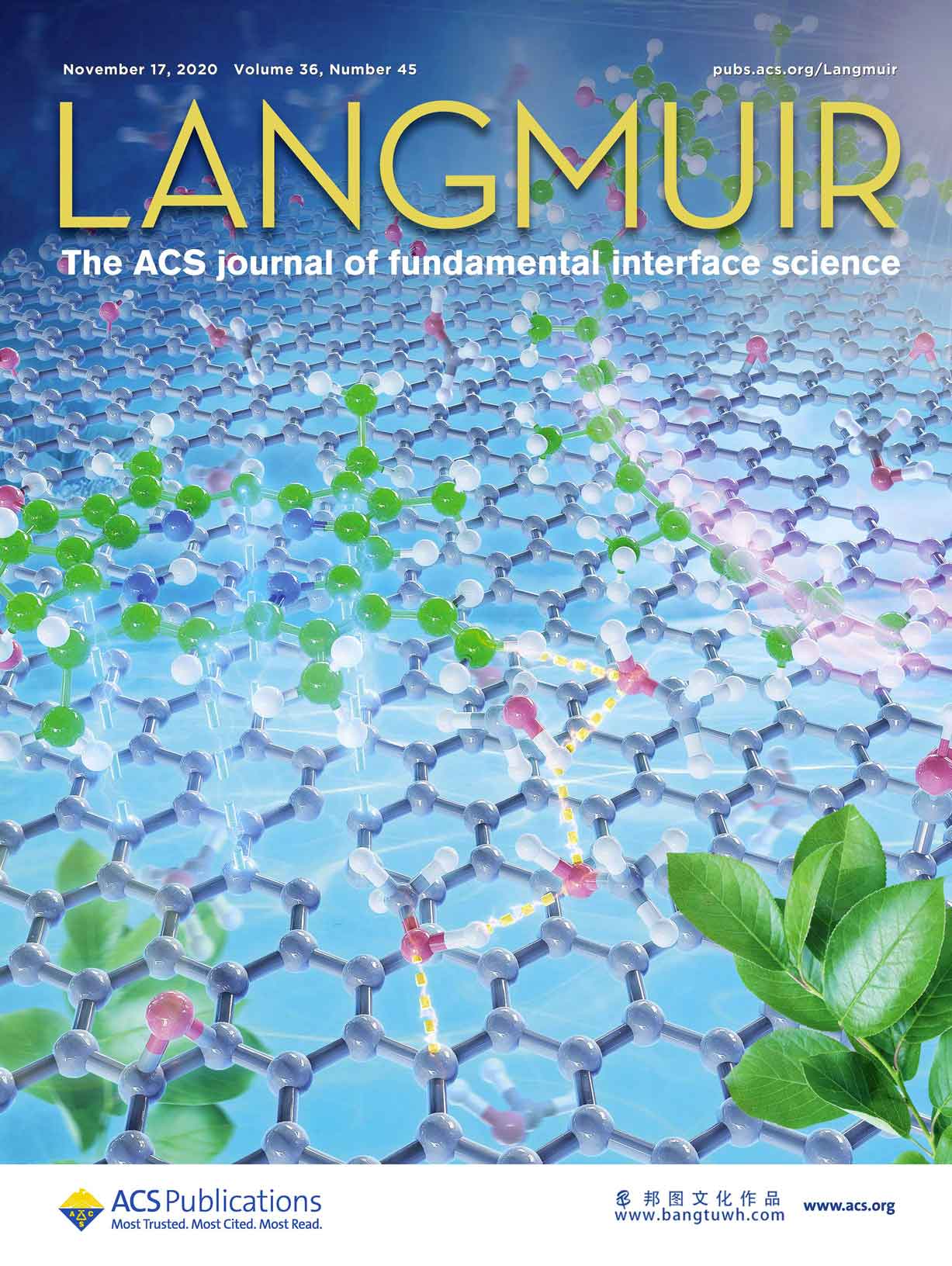
科研绘图sci画图作图学术杂志封面设计toc示意图文章配图医学动画





solvent plays an important role in the surface interaction of molecules. in this study, we use “chlorophyll a”, an archetypical molecule, to investigate its supramolecular self-assembly with chemically reduced graphene oxide in three different types of solvents: polar protic, polar aprotic, and non-polar. it was observed that only a polar protic solvent that can donate protons facilitates the hydrogen bonding between chlorophyll a and chemically reduced graphene oxide nanosheets in a hybrid system. the formation of hydrogen bonds further initiates the other non-covalent interactions such as π–π stacking and hydrophobic interaction, which altogether play a key driving force for supramolecular self-assembly of chlorophylls on chemically reduced graphene oxides. the experimental results are strongly supported by density functional theory calculations, which show robust electron coupling between chlorophylls and chemically reduced graphene oxide.



微信扫一扫,加设计师好友
17621261539
周一至周五8:30-18:00

提升“研值”

工作人员将在1个小时内联系您。

